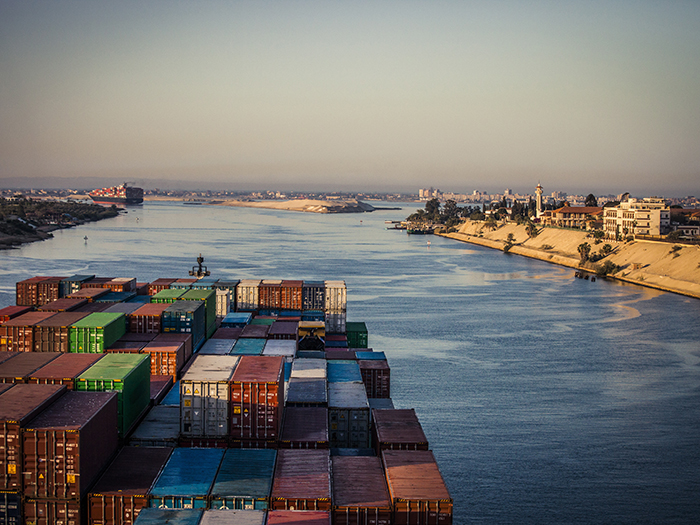Shippers should expect ongoing volatility in container shipping freight markets through 2025. According to Lars Jensen, CEO of Vespucci Maritime, even with operations resuming through the Suez Canal, immediate relief from disruptions and soaring freight rates is not guaranteed.
On the latest episode of The Freight Buyers’ Club podcast, Jensen, a container shipping analyst and consultant, discussed potential scenarios related to the Red Sea crisis.
He explained that if the crisis persists and a significant portion of the global container fleet continues to be diverted around southern Africa, global shipping capacity will remain limited and prone to further disruptions.
“If you’re a freight buyer and you want stability, you need to find a new job,” pointed out Jensen, on The Freight Buyers’ Club, produced with the support of Dimerco Express Group.
Jensen also noted that even if the Middle East situation was unexpectedly improved and Houthi attacks on global trade ceased, it would still take considerable time for liner networks to adjust. He suggested that an extended Red Sea crisis would likely lead to “continued high freight rates” and “high volatility.”
“The first thing that will happen when it reopens is we’re going to see a lot of ships take the shortcut up to Europe, overtaking the ones going around Africa,” explained Jensen. “So, the consequence of solving the Red Sea crisis is massive port congestion in Europe, which would then impact all other services coming into Europe from Africa, from Latin America and North America. And it’s only when we work through that port congestion that market rates will come down relatively rapidly.”
In the event of a resolution allowing ships to resume transits through the Suez Canal, while this would create a large excess capacity, it might not immediately result in a dramatic drop in freight rates.
Looking ahead to 2025, Jensen said that if the Suez Canal remains mostly closed and global supply chains avoid further shocks, contract and spot rates are expected to soften.
Also, he anticipated the usual surge in rates leading up to the Chinese New Year in the first quarter of the coming year, but expected that Q3 peak season rates would not reach current levels due to ongoing record deliveries of new vessels over the next 12 months.
“Between now and peak season 2025, we will still have a lot of additional vessels that are being delivered,” he said. “So, the baseline expectation shippers should have is that we are coming out of the worst of it. Barring any calamities, rates will abate and go down.”
Jensed added, “They’ll of course go up again next year in peak season, but not to the highest levels we have seen in summer 2024. But they’re also not going to collapse back down to the extremely low levels that we saw towards the end of 2023.”
Source: Container News





